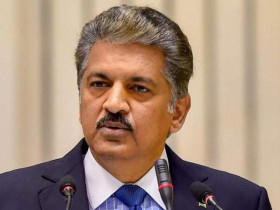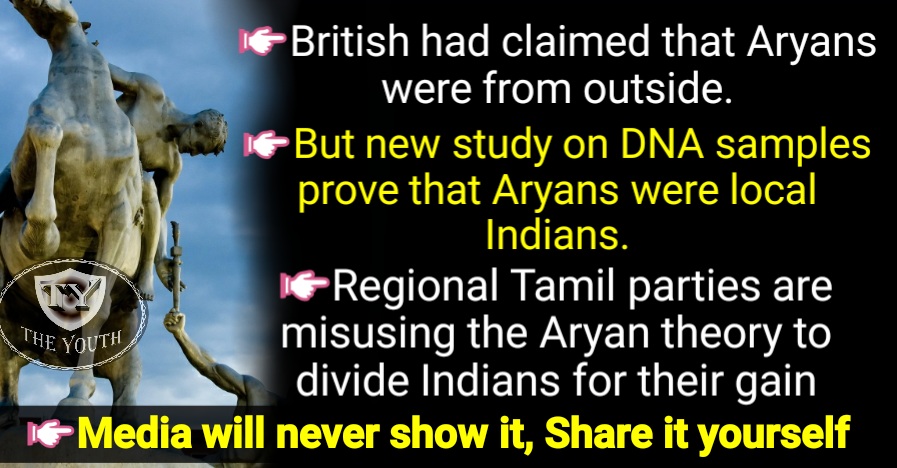In 1969, Vikram Sarabhai founded ISRO to lead India in space technology. In 1963, INCOSPAR launched India’s first rocket. Today, ISRO is a global space leader in human exploration and science. From humble beginnings to Mars’s success, ISRO’s journey is remarkable. It’s achieved milestones that elevated its global standing.
Chandrayaan 3 in 2023 :
Indian Space Research Organization has created history on the moon. Vikram Lander of Chandrayaan-3 has made a soft landing on the Moon’s South Pole. It has a lander and a rover similar to Chandrayaan-2 but does not have an orbiter. The Launch of Chandrayaan-3 occurred from Satish Dhawan Space Center (SHAR), Sriharikota on Friday, July 14, 2023, at 2:35 PM IST. Chandrayaan 3 has three major parts – Propulsion Module, Vikram Lander, Pragyan Rover. This spacecraft successfully landed on the surface near the south pole of the Moon on 23 August 2023 around 06:04 pm Indian time. With this, India became the first country to successfully land a spacecraft on the South Pole of the Moon and the fourth country to land on the Moon.
SRE-1 in 2007:
ISRO’s list of top 10 achievements includes the first mission “Space Capsule Recovery Experiment (SRE-1)”, which lifted off from the first launch pad on 10 January 2007 from the Satish Dhawan Space Center at Sriharikota, Andhra Pradesh. ISRO’s “Space Capsule Recovery Experiment (SRE-1)” in 2007 demonstrated a space capsule’s Earth return capability. Launched on PSLV C7, it circled for 12 days before returning. The main objective of this mission was to demonstrate the capability of a space capsule to return to Earth.
Launch of INSAT in 1983 :
This is a historic mission in which the Indian Space Research Organization (ISRO) worked with the help of radar. In 1983, ISRO launched INSAT, a communication satellite network aiding weather, rescue, and more. It revolutionized India’s communication sector.
Development of RLV:
ISRO’s focus on low-cost development of Reusable Launch Vehicle (RLV) promises significant strides in space exploration, as shown by its successful flight on 23 May 2016. Going ahead with its success, ISRO will get an opportunity to take even more important steps in space research.
Launching the heaviest commercial mission in 2015:
ISRO set a historical record in 2015 when they launched the 1440 kg Polar Satellite Launch Vehicle-C28 (PSLV-C28) on 10 July 2015. The spacecraft also carried 5 British satellites in this mission and was operated by ISRO’s associate Antrix Corporation. The spacecraft completed the 647-kilometer journey from the Satish Dhawan Space Center in 19 minutes 22 seconds.
Launch of Aryabhata in 1975:
Aryabhata, a prominent Indian astronomer, discovered zero and calculated the value of pi. ISRO’s first satellite, Aryabhata, was named after a revered astronomer. The satellite was launched on a Russian rocket in 1975 and returned to Earth in 1992 after remaining in space for 17 years. However, ISRO lost its communication links in 1981.
Chandrayaan-1 (2008):
The next ISRO mission to change the direction of Indian space exploration is Chandrayaan-1, launched in 2008, and aimed to explore the Moon. The mission consisted of a lunar impactor and orbiter, which operated until August 2009. The objective of this mission was to gather scientific information about the mineralogy, geology, and topography of the Moon. Its lunar impactor and orbiter gathered scientific data, despite its contact loss within a year.
GSLV MK3 in 2014 :
ISRO’s GSLV Mk3 is a powerful rocket capable of carrying 4000 kg. In addition, it can also carry three astronauts, making it a significant achievement for India, as other organizations do not have the capability to do so.
104 Satellite Launch (2017):
In 2017, ISRO made a great effort. He successfully launched the highest number of satellites in a single mission using the Indian rocket Polar Satellite Launch Vehicle from Sriharikota, Andhra Pradesh. 101 of them were foreign satellites. ISRO was able to launch all those satellites in one go in the right way at their designated orbits, which was one of their biggest achievements till date.
Launching IRNSS in 2016 :
ISRO’s Indian Regional Navigation Satellite System (IRNSS) launch in 2016 marked India’s entry into independent navigation, a proud achievement. The launch of this system marks India as the fifth nation to have its own navigation system. This process required the launch of seven satellites and was completed by ISRO.










